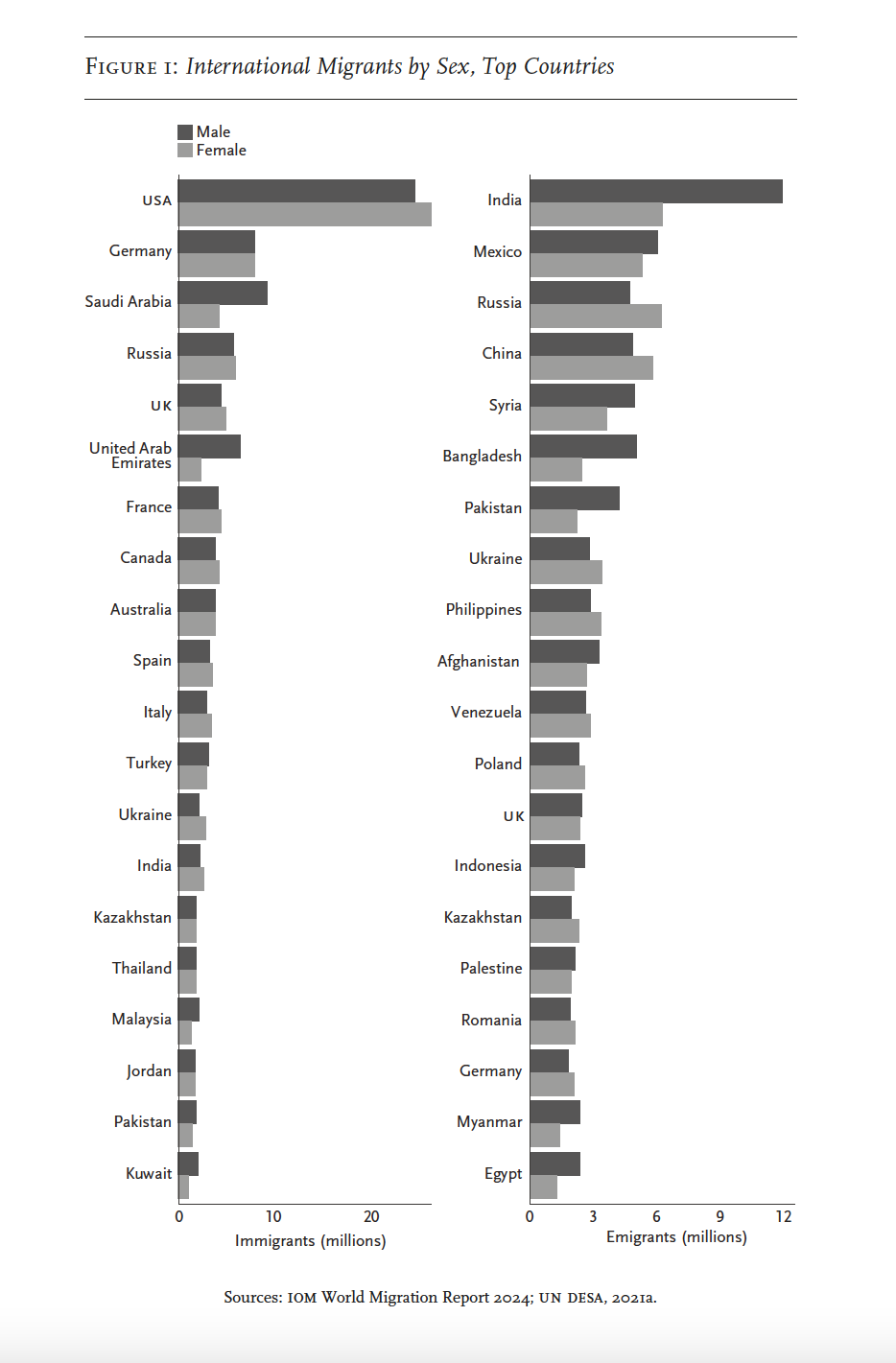Mainstream discussion of migration is polarized around two principal positions, which might be characterized as ‘looming civilizational crisis’ versus ‘win-win’. The first may be argued from a demographic perspective, as in Stephen Smith’s Scramble for Europe, which extrapolates from Africa’s youth bulge and rising living standards to predict that a hundred million African immigrants will have crossed the Mediterranean by 2050. Or it may make a democratic case, as in Christopher Caldwell’s Reflections on the Revolution in Europe, which notes that citizens’ consent was never sought for mass non-European immigration to European countries. Or, as in Samuel Huntington’s Who Are We?, it may advance the cultural—in his view, civilizational—argument that large-scale Latino immigration will erode the usa’s Anglo-Protestant identity through bilingualism and Catholicism, producing non-assimilable Hispanicized enclaves in a way that earlier immigrations did not. But whether demographic, democratic or cultural, the central tropes of the ‘looming crisis’ approach are monolithism—migrants are African for Smith, Muslim for Caldwell, Mexican for Huntington—and scale: the unprecedented numbers that are about to set forth.footnote1
The win-win approach, in contrast, presents an affirmative picture of international migration, seen from the perspectives of neoclassical and rational-choice economics. In this view, the benefits of global labour mobility outweigh the costs, producing gains for the sending and receiving countries and for the immigrants themselves. A recent World Bank report offers a representative summary:
Labour economists view migration as the movement of workers across borders to countries where their labour can be employed more productively than in the country of their origin. Market forces drive the movement of factors of production—capital and labour—and their allocation across countries. From this perspective, the free movement of people is a key element of the efficient functioning of the global economy, and labour should be allowed to move where it is most productive without the introduction of friction by national borders and other policy restrictions.footnote2
For win-win proponents, migrant labour benefits by earning higher wages in the destination country than it could at home, while capital finds cheaper workers. Moreover, the remittances sent back to migrants’ countries of origin constitute a significant correction to international inequality. In 2019, officially registered transfers made by India’s 30 million overseas workers, a majority in the Gulf States, amounted to $76 billion, roughly 3 per cent of India’s gdp; far more than the country receives from overseas aid.footnote3
Neither the heated discussions in the receiving countries, which concentrate one-sidedly on how to deal with the newcomers, nor the cool prescriptions of rational-choice economists have much to say about the lived experience of socio-economic conditions in the countries of origin. Our essay aims to contribute towards a balanced assessment of migration by examining it from the perspective of the Global South. We explore the ‘situation of departure’, investigating the origins and outcomes of migration through the lens of class. First, though, we offer a brief overview of contemporary patterns of global migration, to set predictions of a ‘looming invasion’ in the context of actual flows.
Global migration patterns have shifted in unforeseen ways over the past half-century. In traditional ‘receiving countries’ like the us, Canada and Australia, the volume of immigration has grown and its geo-cultural composition and gendering have changed, with most coming now from Latin America, Asia and Africa rather than Europe, and female migrants making up nearly 50 per cent [Figure 1]. Meanwhile, traditional European ‘sending countries’ like Italy, Spain and Portugal began attracting immigrants themselves in the 1980s, from Africa and Latin America. The Gulf States emerged as major employers of migrant labour from South Asia, followed by the East Asian tiger economies. Most of the world’s advanced-capitalist countries have become multi-ethnic societies, to a greater or lesser degree, and horizons have widened across the Global South as more and more people have at least one personal contact overseas, making migration seem more feasible. International migration practices have thus gained a measure of structure and stability over space and time, taking the form of emergent systems.footnote4
Nevertheless, as recent scholarship shows, the vast majority of labour migration remains in-country—some three-quarters of a billion workers, on a conservative estimate, which counted moves between regional states and provinces but not local rural-to-urban shifts.footnote5 By contrast, the latest figures for international migrants—defined as those who have been dwelling for at least a year outside their country of birth—is just over a quarter of a billion, or 3.6 per cent of the global population. Around 60 per cent of these are ‘labour migrants’, roughly 20 per cent are people displaced by war, repression or natural disaster, while 6 million are international students.footnote6 